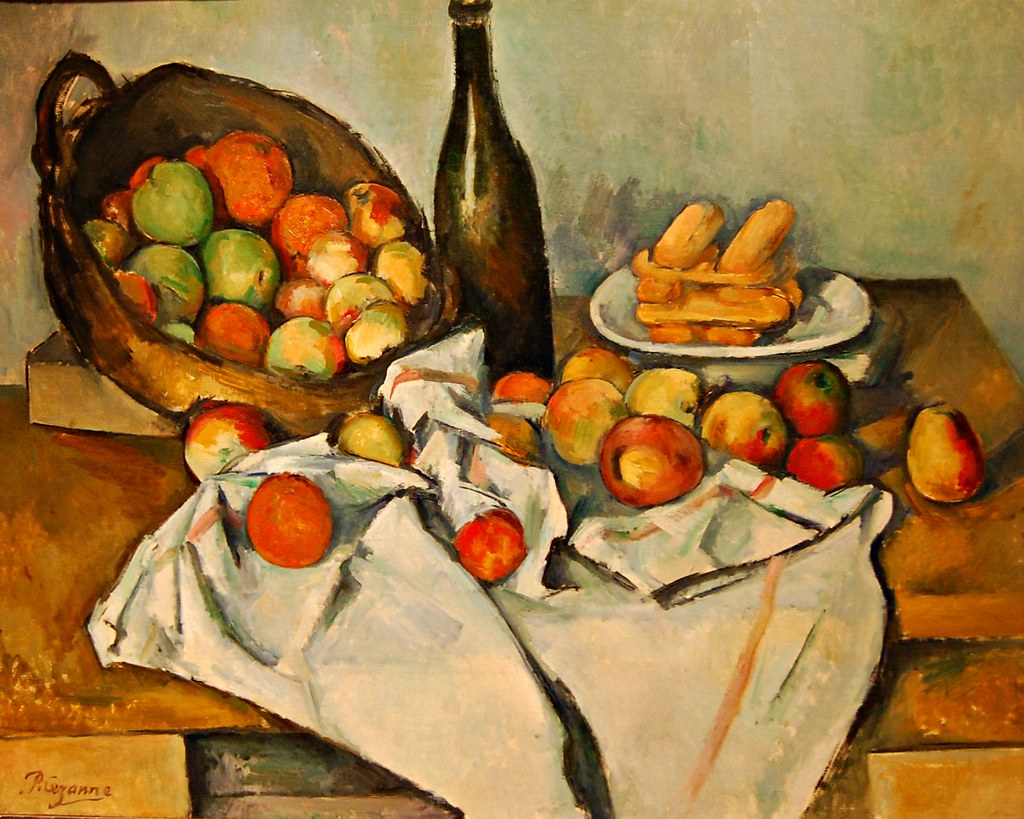No products in the cart.
Major Art Movements, Part 3
Contribute by Jacquelyn Olalare
MAJOR ART MOVEMENTS
Like the different ages of civilization, countless art movements have come and gone, taking the world along with them while they trended before giving space to a new movement. If you’ve read our earlier articles, you understand how much of the world is influenced by these movements, and if not, you can read them here and here. Taking things up from where we stopped before, in this latest piece of major art movements, we give you:
Developed by people who rejected the idea of art for art’s sake, instead favoring art for other social purposes, the origin of this abstract art movement can be traced back to 1915. The movement was deeply influenced by Vladimir Tatlin, a Russian artist who created his abstract art through various experiments, including collages made of metal and wood. Artists of this movement were more engineers than artists who worked with a canvas and palette of colors.
Notable artists of this movement include Alexander Rodchenko, Varvara Stepanova, Vladimir Tatlin, Gustav Klutsis, El Lissitzky, Katarzyna Kobro, and Liubov Popova. The Sailor (Self Portrait) by Vladimir Tatlin, Proun by El Lissitzky, and Cover of the Book
Kazimir Malevich are some of the famous works produced by this movement.
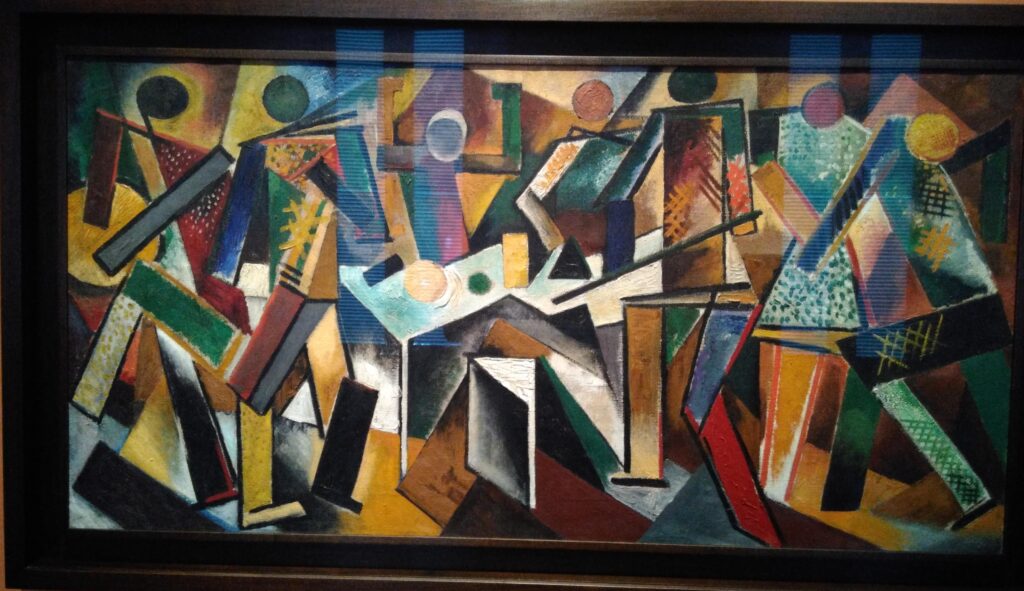
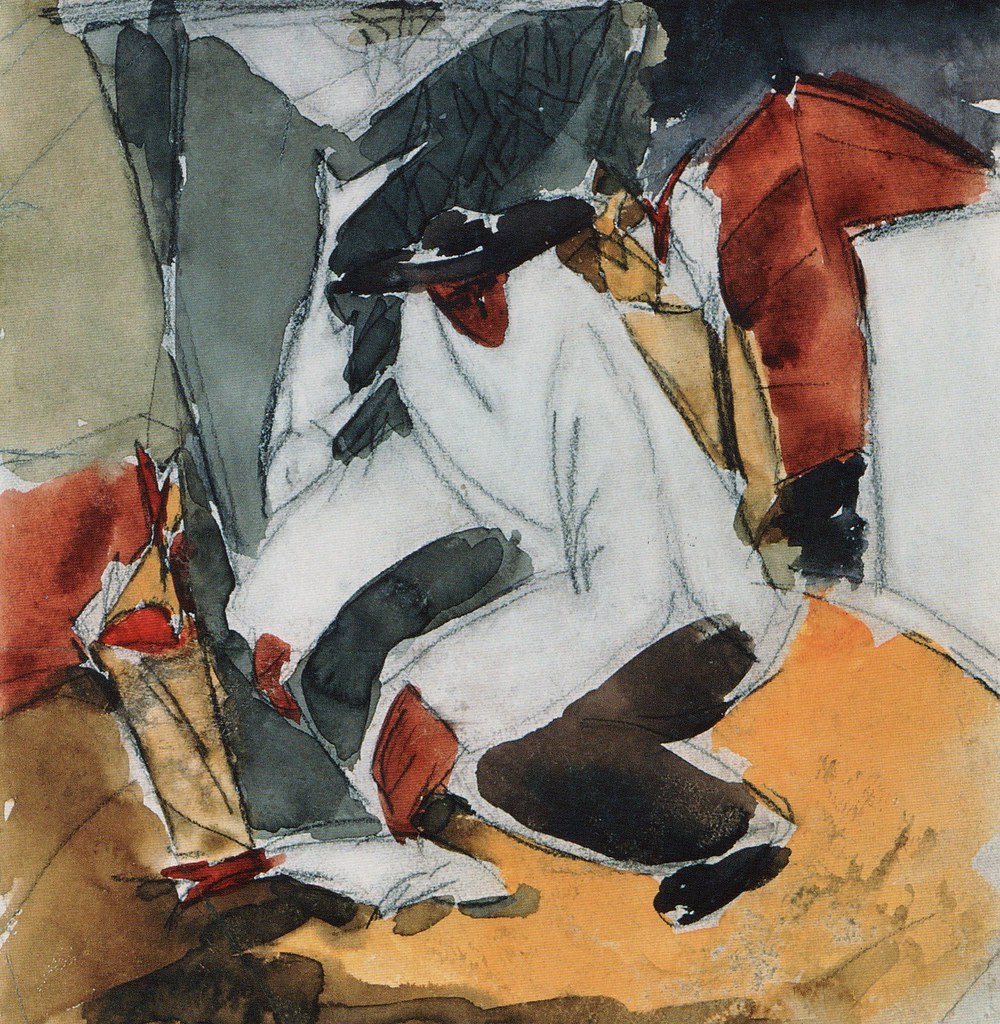
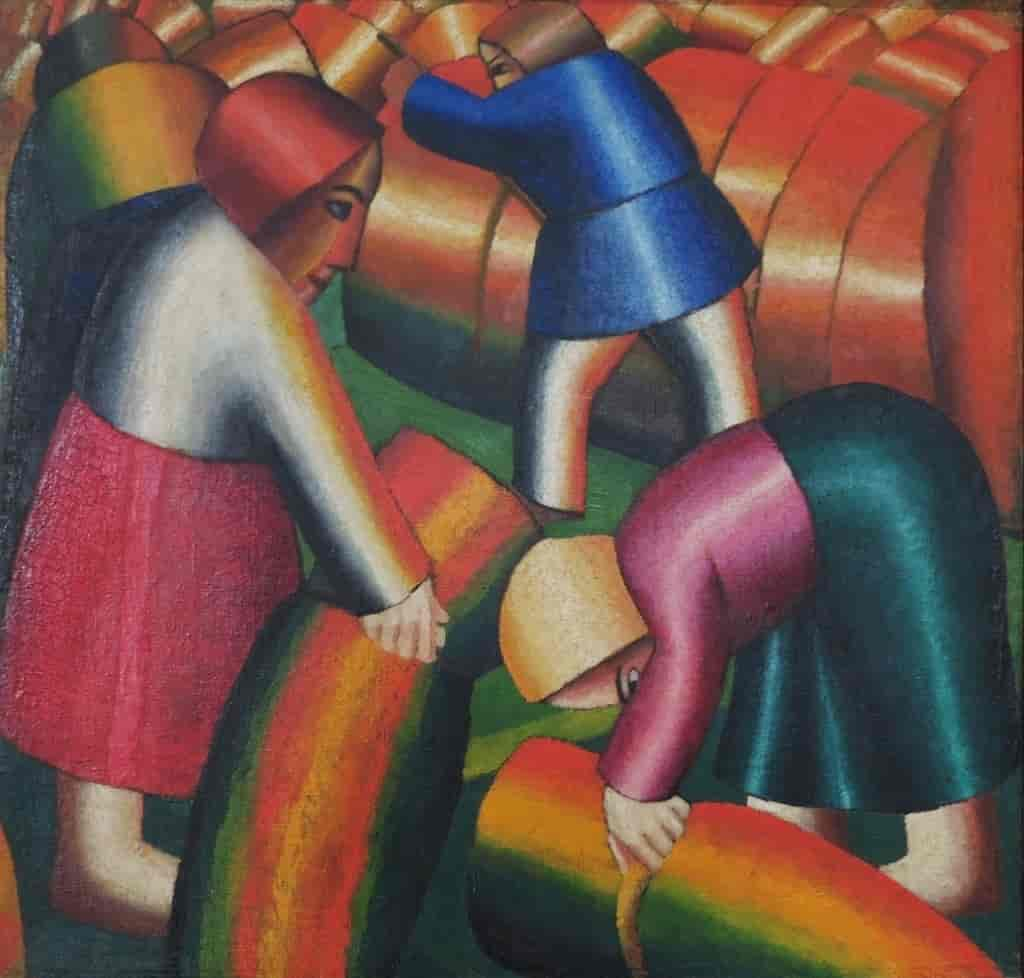
This early 20th-century modern art movement involved mainly the emphasis on strong colors in an art piece. Its name is derived from the French word Les Fauves which means Wild beasts. This movement lasted for a short period, beginning in 1904 and ending a couple of years after 1910. Only three exhibitions were held in these years. The movement was pioneered by André Derain, Maurice de Vlaminck, and Henri Matisse. Works from this movement were depicted mainly by the use of wild brushes while the subject matter was added in a simple manner.
Famous pieces from this movement include Notre Dame at the end of the Afternoon by Henri Matisse, Triel sur Seine, Le Pont du chemin de fer by Robert Antoine Pinchon, and Les toits de Collioure by Henri Matisse.

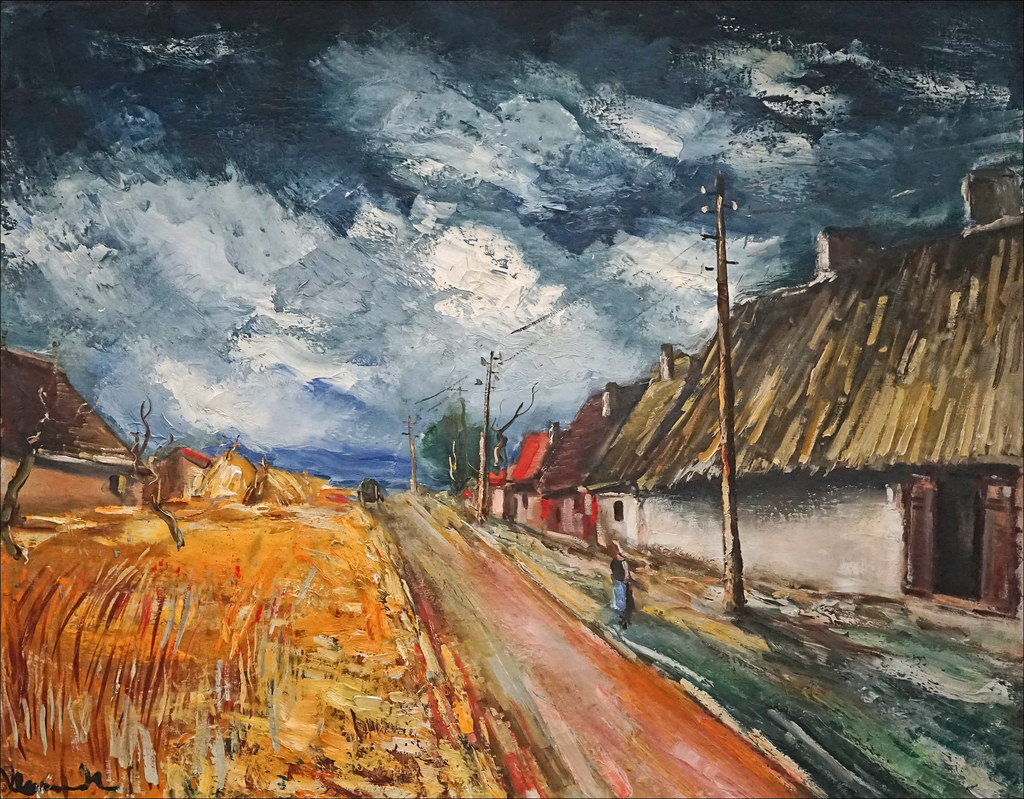

Late in the 19th century and early in the 20th century, an art movement that took an experimental approach toward creating a new style of art with a modern edge emerged. This movement took a significant shift away from the famous traditional techniques of creating art and defied the skepticism surrounding its emergence to produce beautiful works that stunned its critics. Its fundamental roots can be traced back to pioneer artists Claude Monet, Paul Cezanne, Vincent van Gogh, Henri Matisse, and Pablo Picasso. Pieces produced by this movement were characterized by vibrant colors and expressive forms and shapes, along with the expression of other unexplored concepts such as time and movement.

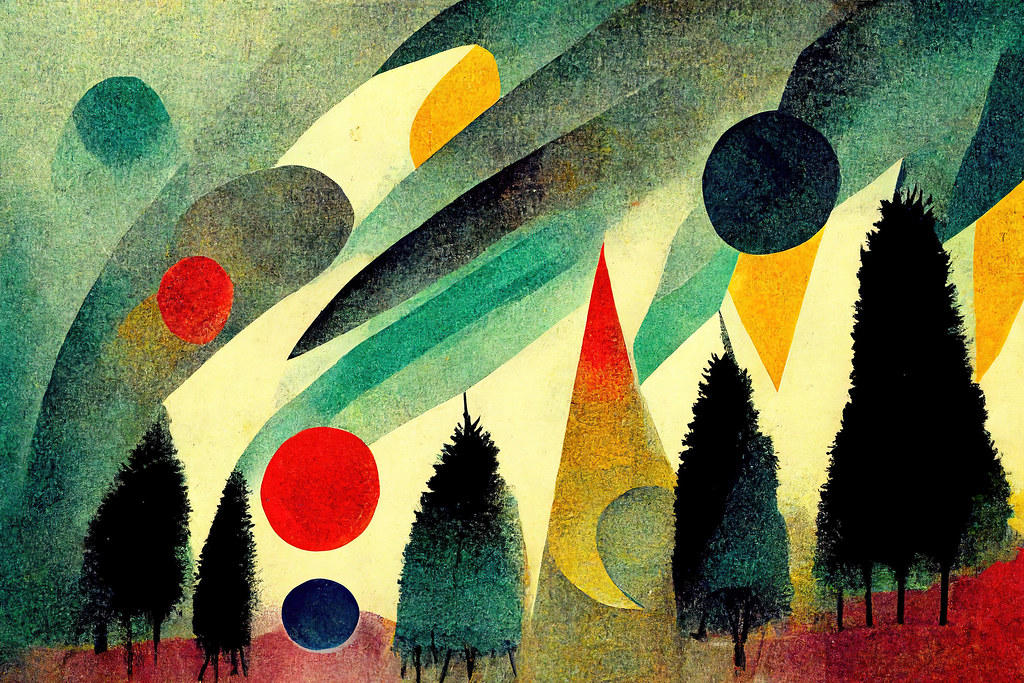

Notable artists of this movement include Pablo Picasso, Wassily Kandinsky, Salvador Dalí, Andy Warhol, Jackson Pollock, and Marcel Duchamp. Outstanding artworks include Blue Nudes by Henri Matisse, Woman with a parasol by Claude Monet, and Almond Blossoms by Vincent Van Gogh.
This art movement continues to influence contemporary art culture and trends to date.
Visit our website to see some Picasso inspired mosaic art.



